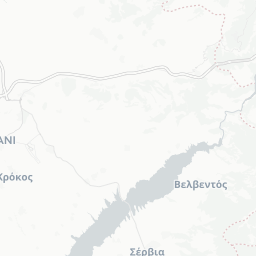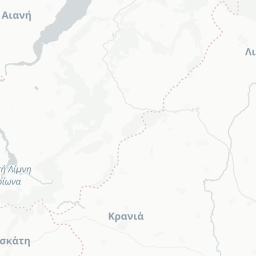












Servia Excavation 1930
Excavation: Research excavation
There are three phases in the history of the site. During the first phase it was occupied by people who used pottery identical with that of the First Thessalian Period, and who were presumably Thessalians. (These people remained until the site was finally deserted in the Early Bronze Age.) The second phase was ushered in by an extensive conflagration, with which the appearance of the new black-polished pottery, of a new class of painted pottery, of pottery with incised spirals, coincides. The simultaneous appear- ance of these novelties, and their strongly Danubian character, places it beyond reasonable doubt that the desired evidence for the earliest incursion of Northerners into Greece has been obtained. The most interesting find was perhaps a complete skeleton, buried in a crouched position in a round hole, sunk through the debris of one of the burnt houses. Above it lay a thin layer of ashes and several broken vases of the new kind, some blackened by fire. It thus seems probable that the burial is that of one of the invaders. The skeleton has been cut out with its surrounding earth and transported to the Museum at Salonika, where it awaits examination by an anthropologist.
Active from 19/03/1930 to 01/05/1930.
Heurtley, Mr Walter Abel
Lorimer, Miss Hilda Lockhart
Davies, Dr Oliver
Skeat, Dr Theodore Cressy
[Journal] The Annual of the British School at Athens, no. 30 (1928/1929-1929/1930).

